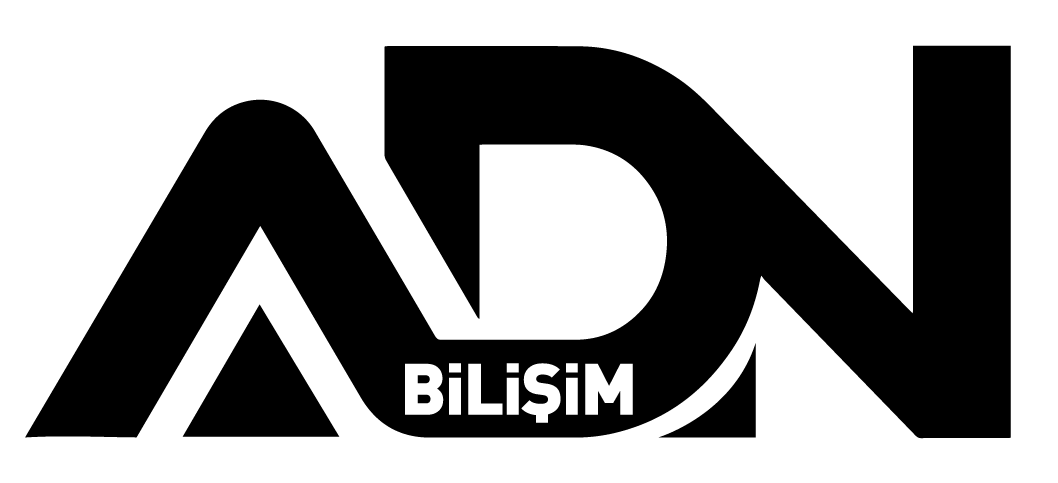Contents
WordPress is a popular content management system preferred by millions of websites around the world. However, popularity also means being a target of cyber attackers. Securing your WordPress site is important to keep both your and your visitors' information safe. Here are 10 effective tips for WordPress security:
1. Use Strong Passwords and Change them Regularly
Having strong passwords is the basis of ensuring the security of your site. Strong passwords should contain letters, numbers and special characters. It must be at least 12 characters long and changed regularly.
2. Don't Neglect Updates
WordPress core, themes and plugins should be updated regularly. These updates are important to maintain the security of your site because they close security vulnerabilities and protect against cyber attacks.
3. Use Reliable Themes and Plugins
When choosing themes and plugins for WordPress, download from reliable sources and make sure they are updated regularly. Themes and plugins downloaded from untrusted sources can put your site's security at risk.
4. Restrict File Management
Manage file access and upload rules using the .htaccess file. This prevents malicious files from being uploaded and increases the security of your site.
5. Limit Login Attempts and Add a Firewall
Limiting login attempts protects against brute force attacks. Additionally, adding a firewall monitors potential threats and protects against malicious bots.
6. Use an SSL Certificate
SSL certificateencrypts your site's visitor traffic and ensures secure transmission of information. Additionally, there is a program by Google that rewards sites that use the HTTPS protocol. SEO is considered as a signal.
7. Make Daily Backups
Create regular site backups and store them securely. This allows you to quickly restore your site in the event of any security breach or data loss.
8. Edit File Permissions
Make sure WordPress files and folders have the correct permissions. Minimize security vulnerabilities by removing write permissions on unnecessary files and folders.
9. Turn off XML-RPC Access
XML-RPC is a protocol that enables remote publishing and other remote functions. However, it may pose a security risk for attackers. Disable XML-RPC access when necessary or secure it using security plugins.
10. Manage User Roles and Permissions
By properly configuring user roles in WordPress, grant certain permissions only to users that are necessary. Remove unnecessary administrator accounts and make sure every user uses strong passwords.
Securing your WordPress site requires ongoing effort. By following these tips, you can increase the security of your site and protect against potential cyber threats. Remember, a proactive security approach is the best defense.
Common WordPress Security Mistakes and How to Avoid them
WordPress, despite its widespread use, is a content management system that is vulnerable to security vulnerabilities. When taking precautions to secure your website, it's important to avoid some common mistakes. Here are some common WordPress security mistakes and how to avoid them:
Using Weak Passwords
Instead of creating strong passwords, many users use easy-to-guess or weak passwords. This can allow cyber attackers to easily access your site.
Solution: Create strong passwords and update your passwords regularly. Choose long passwords that contain combinations of letters, numbers and symbols.
Neglecting Updates
WordPress core, themes and plugins should be updated regularly. Updates help fix security vulnerabilities and protect your site.
Solution: Enable automatic updates or check for and apply manual updates regularly.
Using Untrustworthy Themes and Plugins
Downloading themes or plugins from unreliable sources can compromise the security of your site. These themes or plugins are often not updated and may contain security vulnerabilities.
Solution: Only download themes and plugins from trusted sources. Opt for themes and plugins downloaded from the WordPress.org Repository or reputed marketplaces.
Not Restricting File Management
Not controlling file uploads or restricting file access can make your site a target for malicious files.
Solution: Restrict file access and set upload rules by editing the .htaccess file.
Sure, here is an article titled “Common Mistakes Made with WordPress Security”:

Common Mistakes Made Regarding WordPress Security and How to Avoid them
WordPress, despite its widespread use, is a content management system that is vulnerable to security vulnerabilities. When taking precautions to secure your website, it's important to avoid some common mistakes. Here are some common WordPress security mistakes and how to avoid them:
1. Using Weak Passwords
Instead of creating strong passwords, many users use easy-to-guess or weak passwords. This can allow cyber attackers to easily access your site.
Solution: Create strong passwords and update your passwords regularly. Choose long passwords that contain combinations of letters, numbers and symbols.
2. Neglecting Updates
WordPress core, themes and plugins should be updated regularly. Updates help fix security vulnerabilities and protect your site.
Solution: Enable automatic updates or check for and apply manual updates regularly.
3. Using Unreliable Themes and Plugins
Downloading themes or plugins from unreliable sources can compromise the security of your site. These themes or plugins are often not updated and may contain security vulnerabilities.
Solution: Only download themes and plugins from trusted sources. Opt for themes and plugins downloaded from the WordPress.org Repository or reputed marketplaces.
4. Not Restricting File Management
Not controlling file uploads or restricting file access can make your site a target for malicious files.
Solution: Restrict file access and set upload rules by editing the .htaccess file.
5. Not Using an SSL Certificate
SSL certificate encrypts your site's visitor traffic and provides a secure connection. Not using SSL may pose a risk to the security and reliability of your site.
Solution: Enable HTTPS protocol and protect your visitors' information using an SSL certificate.
6. Neglecting Daily Backups
Creating daily backups is an important part of protecting your site's data. In the event of a security breach or data loss, backups allow you to quickly restore your site.
Solution: Create regular automatic backups and store your backups in a safe place.
By avoiding these WordPress security mistakes, you can increase the security of your site and be better protected against potential cyber threats. Remember, security is a continuous effort and a proactive approach is the best defense.
Frequently Asked Questions
1. What are the most important steps to keep your WordPress site secure?
The most important steps are:
- Using strong passwords and changing them regularly
- Regularly updating WordPress core, themes and plugins
- Using reliable themes and plugins
- Restrict file management and edit file permissions
- Limiting login attempts and adding a firewall
- Using an SSL certificate and enabling the HTTPS protocol
- Making daily backups and storing backups securely
2. What are the best plugins to increase WordPress security?
The best plugins to increase WordPress security are:
- Wordfence Security
- Sucuri Security
- iThemes Security
- All In One WP Security & Firewall
- Cerber Security, Antispam & Malware Scan
3. How to create a strong WordPress password?
You can follow these tips to create a strong WordPress password:
- Must be at least 12 characters long
- Must contain uppercase letters, lowercase letters, numbers and special characters
- Create unpredictable combinations
- It should not contain private information (e.g. date of birth, name, surname, etc.)
4. Why is WordPress security important?
WordPress security is important to keep your site secure and protect user data. Vulnerabilities can allow malicious attackers to access your site and lead to dangers such as data leakage and malware injection.
5. Why is an SSL certificate necessary for the security of the WordPress site?
An SSL certificate encrypts your site's traffic and ensures that your visitors' information is transmitted securely. It is also considered an SEO signal by Google that rewards sites that use the HTTPS protocol, providing credibility.
6. How can I detect and close WordPress vulnerabilities?
You can run regular security scans and use security plugins to detect and close WordPress vulnerabilities. You can also close potential vulnerabilities by regularly checking for WordPress updates and reviewing your site's security settings.
7. How can I protect myself from WordPress attacks?
There are several ways to protect yourself from WordPress attacks:
- Use strong passwords and change them regularly
- Apply updates regularly
- Use reliable themes and plugins
- Restrict file management and edit file permissions
- Limit login attempts and add firewall
- Use SSL certificate and enable HTTPS protocol
- Make daily backups and store backups securely
For more questions regarding WordPress security, you can consult the WordPress community or From ADN Bilisim You can get support.



